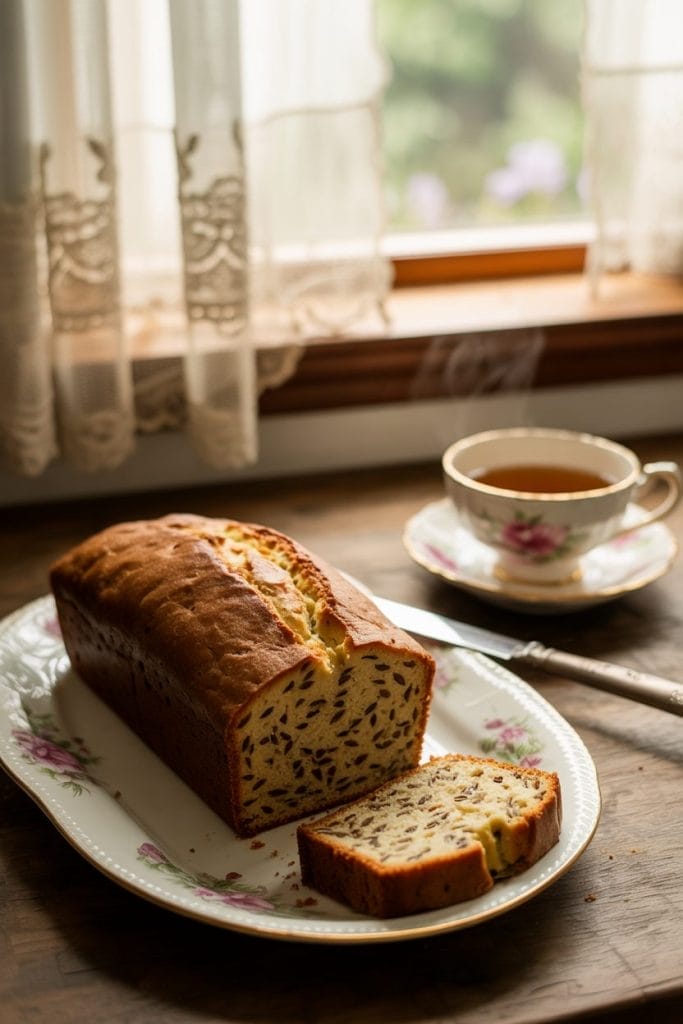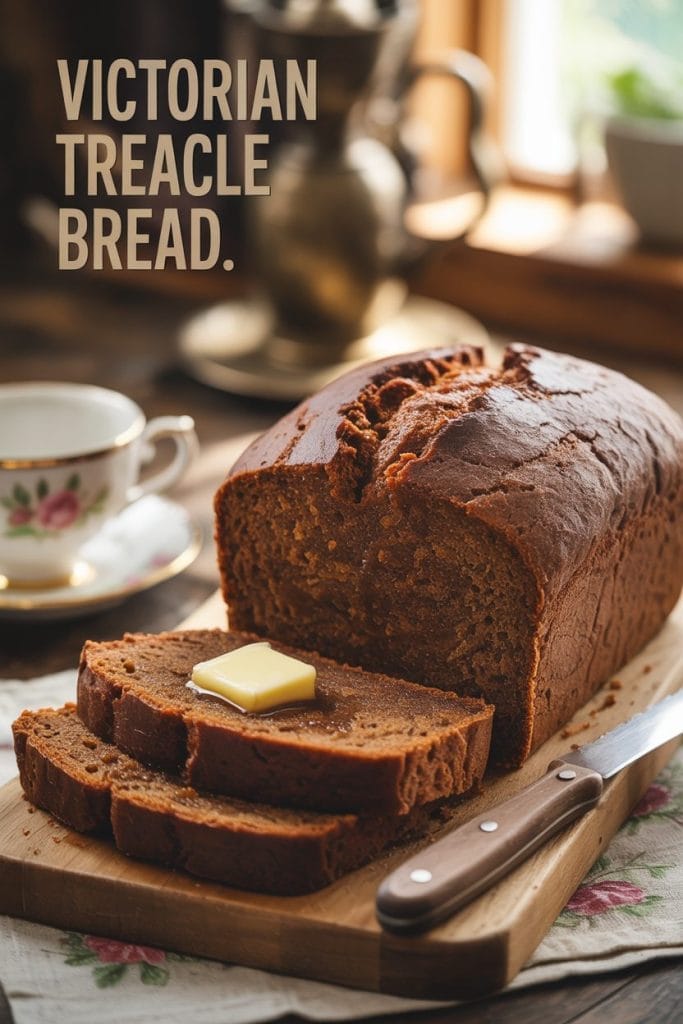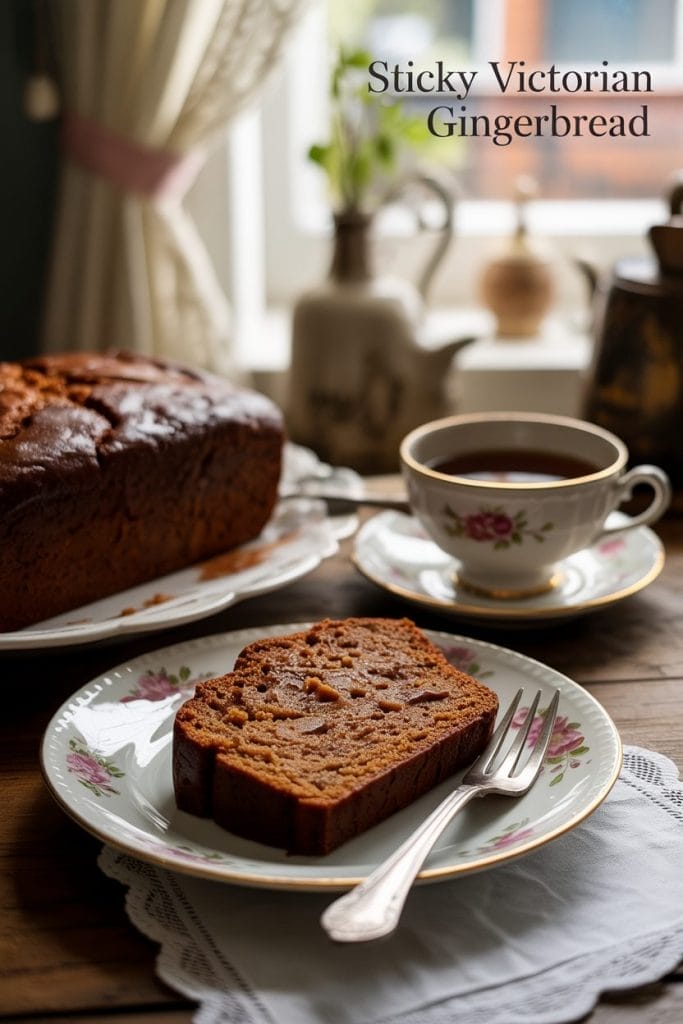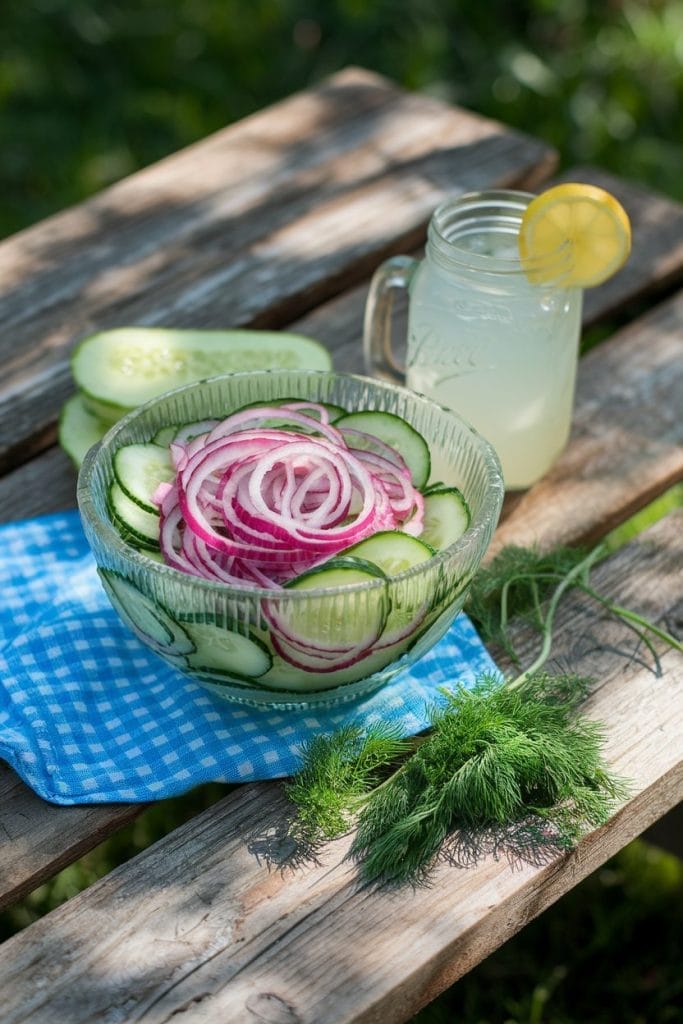Home > Single Recipes > Classic Vegan Donuts the 1920s Would Be Proud Of
Last Updated: April 14, 2025
I Made These FREE Vintage Recipe Tools JUST For You
This recipe was created with help from AI tools and carefully reviewed by a human. For more on how we use AI on this site, check out our Editorial Policy. Classic Fork earns a small commission from Amazon and other affiliate links at no extra cost to you, helping us keep our content free and honest.
Classic Vegan Donuts the 1920s Would Be Proud Of
Time Period:
Meal Type:
Cooking Time: 10 minutes
Prep Time: 25 minutes
Total Time: 35 minutes
Servings: 8 donuts
Calories: Around 180
There’s something timeless about biting into a soft, sugary donut. And when it’s vegan, homemade, and inspired by the golden days of speakeasies and soda fountains? Even better.
These donuts are simple, sweet, and spiced just right—like your grandma’s kitchen if she was sneaking recipes during Prohibition.

What Would You Cook in Wartime?
Step back in time and discover what you could make with limited wartime rations
History
Donuts exploded in popularity in the U.S. during the 1920s, thanks to street vendors and diners. They were cheap, easy to make, and perfect with a cup of strong coffee.
Back then, folks fried everything in lard. But these days, we’ve got plant-based tricks up our sleeves. These vegan donuts ditch the animal fats but keep all the charm.
This recipe nods to the old-school cake-style donuts, which were denser than the yeast-raised ones and often flavored with nutmeg or cinnamon.
Equipment
- Mixing bowls (I love this mixing bowl set)
- Whisk
- Measuring cups and spoons
- Donut cutter (or a round glass and bottle cap)
- Rolling pin
- Large frying pan or Dutch oven (This one is gorgeous)
- Slotted spoon or tongs
- Wire rack or plate with paper towels
Ingredients
Dry:
- 2 cups all-purpose flour
- 1/3 cup organic cane sugar
- 2 tsp baking powder
- 1/2 tsp salt
- 1/4 tsp ground nutmeg (very 1920s)
- 1/4 tsp cinnamon
Wet:
- 2/3 cup plant-based milk (soy or almond work well)
- 1/4 cup neutral oil (like canola or avocado oil)
- 1 tsp vanilla extract
- 1 tbsp apple cider vinegar
For Frying:
- Enough oil to fill your pan 2 inches deep (vegetable or sunflower oil)
For Topping:
- 1/2 cup powdered sugar
- Optional: a pinch of cinnamon or a splash of vanilla in the sugar
Instructions
Step 1: Mix Dry Ingredients
In a large bowl, whisk together flour, sugar, baking powder, salt, nutmeg, and cinnamon. Smells like a bakery already.
Step 2: Combine Wet Ingredients
In a smaller bowl, stir together the plant milk, oil, vanilla, and vinegar. Let it sit for 2 minutes so the vinegar starts reacting.

Step 3: Form the Dough
Pour the wet mixture into the dry. Stir until a dough forms. It should be soft, not sticky. Add a sprinkle of flour if it’s too wet.
Step 4: Roll and Cut
Dust a surface with flour. Roll the dough to about 1/2 inch thick. Cut out donut shapes using your cutter or glass combo.
Step 5: Heat the Oil
Fill a deep pan with oil and heat to 350°F (175°C). You can test it by dropping in a small bit of dough—it should bubble instantly.

Step 6: Fry to Golden
Carefully place 2–3 donuts at a time in the oil. Fry 1–2 minutes per side until golden. Don’t overcrowd. Remove and place on a paper towel-lined rack.
Step 7: Sugar Coat
While still warm, toss them in powdered sugar. If you want flavored sugar, mix in cinnamon or vanilla essence.
Special Notes
- Don’t overmix the dough, or your donuts will be tough.
- Want a glaze instead of sugar? Mix powdered sugar with a bit of plant milk and dip.
- These taste best fresh, but you can store them in a container for 2 days.
Nutrition (Per Donut, Approximate)
- Calories: 180
- Carbs: 28g
- Fat: 6g
- Protein: 2g
- Sugar: 9g
- Fiber: 1g

Maggie Hartwell
Hi there, I’m Maggie Hartwell, but you can call me Maggie—the apron-clad foodie behind Classic Fork! I created Classic Fork because I’m convinced food has a way of telling stories that words can’t. So, grab a fork and dig in. The past never tasted so good!






